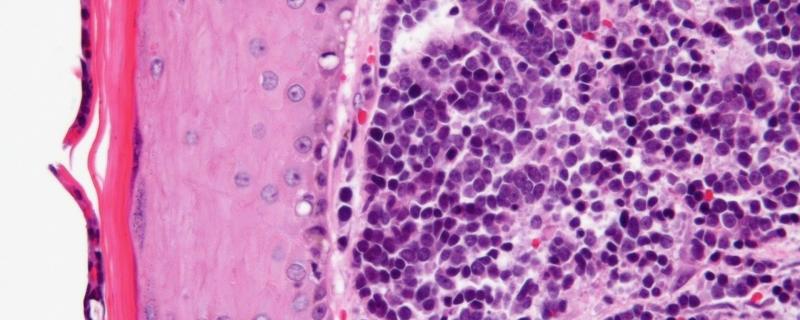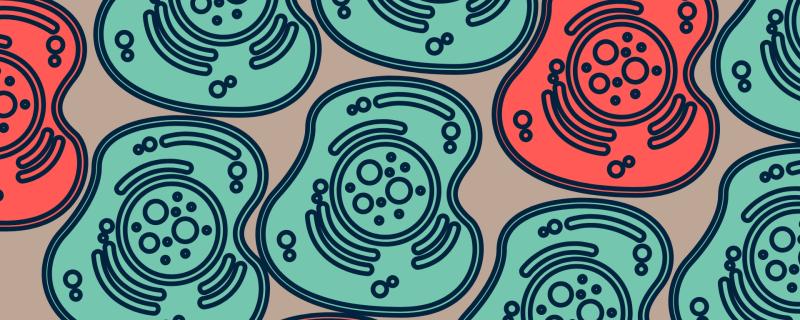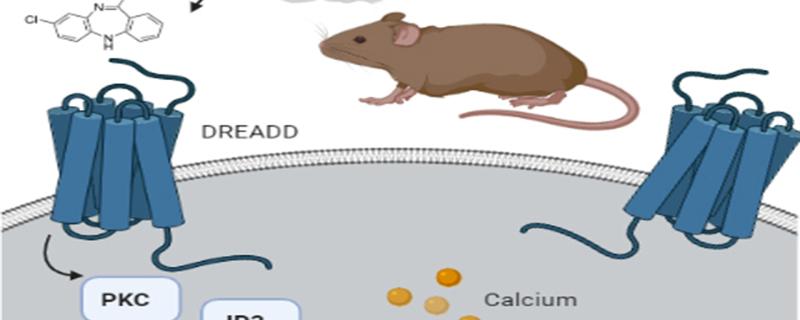A newly observed gravitational wave event from the collision of two massive, rapidly spinning black holes forces scientists to reconsider how these cosmic giants are born and grow.
Gelechia bilobuncusa (top, left: ), Gelechia adi (top, right), and Istrianis ladakhensis (bottom). Image credit: Authors, https://doi.org/10.11646/zootaxa.5728.1.6
New Delhi/
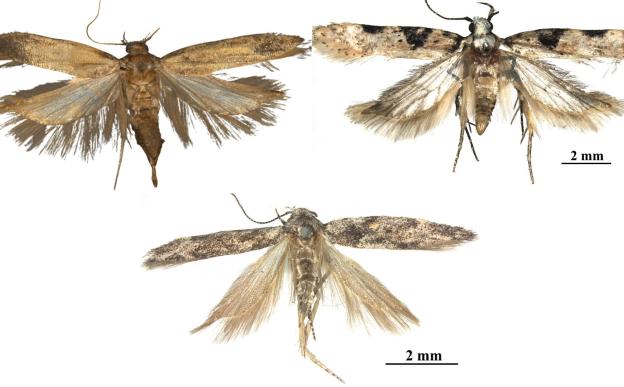
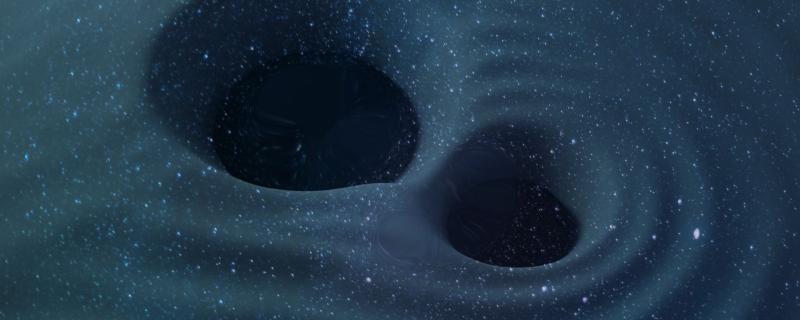
![Inset: image of Snowflake yeast. Credit: Narayanasamy N, Bingham E, Fadero T, Ozan Bozdag G, Ratcliff WC, Yunker P, Thutupalli S. Metabolically-driven flows enable exponential growth in macroscopic multicellular yeast. bioRxiv [Preprint]. 2024 Jun 22:2024.06.19.599734. doi: 10.1101/2024.06.19.599734. PMID: 38948761; PMCID: PMC11213004. Yeast](/sites/researchmatters/files/styles/large_front_800x320/public/Snowfalke%20Yeast.jpg?itok=mfLqK1HQ)
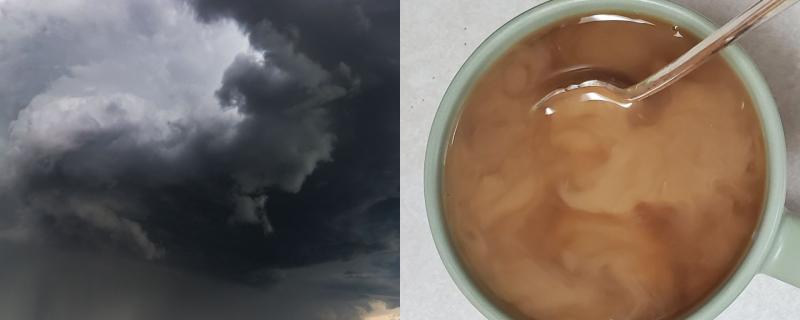
![[Image Credits: M Uhlen, P Oksvold, L Fagerberg, E Lundberg, K Jonasson, M Forsberg, M Zwahlen, C Kampf, K Wester, S Hober, H Wernerus, L Björling, F Ponten (2012) CIL:40476, Homo sapiens, osteosarcoma. CIL. Dataset. https://doi.org/doi:10.7295/W9CIL40476] Proteins on the cell membrane](/sites/researchmatters/files/styles/large_front_800x320/public/osteosarcoma.png?itok=yrm679cj)
![The highest resolution image of the Sun’s surface, showing granular structures, the top of convection cells in the solar plasma. [Image credits: NSO/AURA/NSF] Observations of the Sun’s surface defy present understanding of its interiors](/sites/researchmatters/files/styles/large_front_800x320/public/solar_23jul.jpg?itok=zo426ELR)
